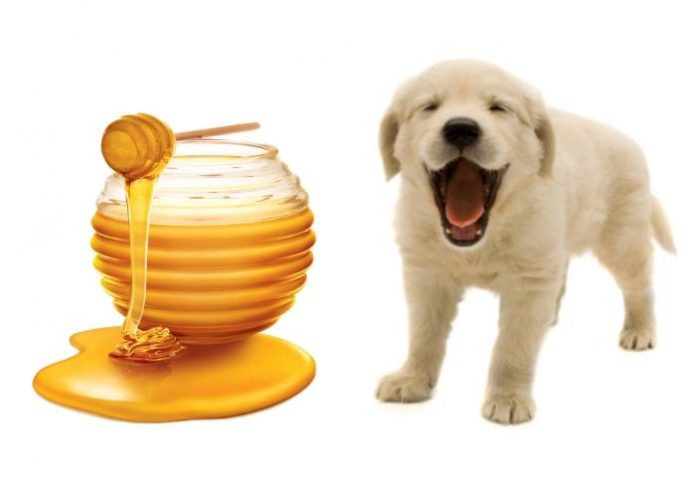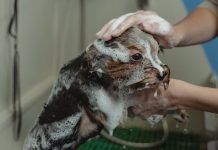Can dogs eat honey? The properties of honey in human nutrition are well known, however, little is known about the curative effect that this food has on dogs. Just like humans, dogs can benefit from honey.
Honey improves the digestive tract, affects the skin and fur, and increases energy levels, which is extremely important in older dogs.
Honey against allergy:
Many dogs suffer from allergies. During spring and summer, allergies can cause much annoyance to your pet. Paw licking, sniffing, combing, are just some of the symptoms of allergies. Traditional veterinarians will prescribe allergy medicines, which can help, but like any medication, can cause side effects on the dog’s organs. Honey is used as a natural anti-allergen and shows excellent results.
By consuming honey, the dog ingests pollen and thus exposes the body to larger amounts of pollen without allergy symptoms. When everything starts to bloom, your dog will be allergen resistant. It is very important that you buy honey from local beekeepers, as the honey composition will be from the herbs most commonly encountered by the honey bee.
Dosage: One tablespoon honey twice a day for large dogs such as e.g. labradors is a good enough dose, while smaller breeds have one tablespoon of honey. It is important not to skip therapy as allergy symptoms may reoccur.
Honey for wounds:
If your dog is injured, clinical trials show that putting honey on the wound eliminates infections, reducing inflammation, swelling, and pain. Honey promotes the growth of new layers of skin. It closes and isolates the wound while giving it enough moisture to restore the skin. It is very important that the honey is in a liquid state when treating the wound.
If the honey is crystallized (natural state of honey), place the jar of honey in a pot of hot water. This way, the honey will slowly dissolve and become liquid. Never use crystallized honey for burns and other wounds, as crystals are like small knives and can cause even more pain.
Wound treatment method:
Carefully trim the hair around the wound, then rinse the wound with vinegar and apply a thick layer of honey every 10 minutes. Wrap a looser bandage. Do not allow the dog to lick or remove the bandage with honey. Elizabeth’s shackles can be useful in preventing a dog from licking honey from a wound.
For smaller wounds, honey can be applied without dressing. Prevent the dog from licking the wound for at least twenty minutes, as long as the honey is absorbed into the skin. Repeat this procedure 3 to 4 times a day until you see the results.
Honey for a healthier digestive tract:
Honey prevents the development of unhealthy bacteria in the digestive tract and eradicates toxins. When dogs eat honey also helps their digestion with amylase. Amylase is an enzyme that facilitates the proper digestion of carbohydrates.
Honey for older dogs:
Honey has a high nutritional value. So if you have an older dog who is starting to lose pace, try boosting his energy with a little honey.





